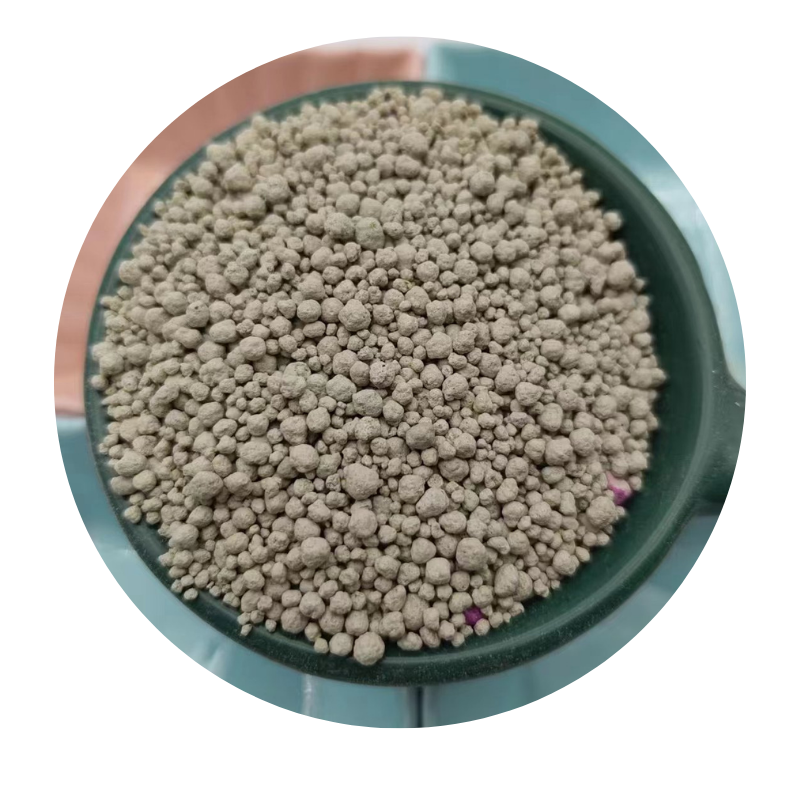
Understanding the Properties and Uses of Pumice in Various Applications
Pumice An Unassuming Gem of Nature
Pumice, a unique volcanic rock, may not be the most glamorous of natural materials, but its diverse applications and intriguing characteristics make it a subject worth exploring. Formed from lava that cools and depressurizes rapidly, pumice is characterized by its light weight and porous structure, leading to a plethora of uses across various industries.
The Formation of Pumice
To understand pumice, one must appreciate its formation process. When volcanic eruptions occur, the lava expelled is often laden with gases that create bubbles. As the lava cools quickly upon contact with air or water, these bubbles become trapped within the solidifying rock, resulting in the distinctive, porous texture of pumice. This process can happen underwater or above ground, but the end product is always the same a lightweight, abrasive material that can float on water due to its high porosity.
Physical Properties
Pumice is fascinating not just because of how it forms, but also due to its unique physical properties. It typically has a grey to white coloring and a rough texture. One of its most notable attributes is its low density; pumice can be five to eight times less dense than water, which allows it to float. This characteristic has led to its nickname as float stone. Moreover, the porous structure gives it a high surface area, making it ideal for various applications in both industry and everyday life.
Applications of Pumice
Pumice has found a place in several sectors due to its versatile properties. In the construction industry, pumice is often used as a lightweight aggregate in concrete and cement products, reducing the overall weight of construction materials and enhancing insulation properties. This is particularly beneficial for structures that need to be both strong and lightweight, such as high-rise buildings and precast concrete panels.
pumice is

In agriculture, pumice acts as an excellent soil amendment. Its porosity allows for good aeration and drainage in the soil, optimizing root growth for plants. It also helps retain moisture, making it a popular choice in volcanic regions where both drainage and water retention are critical for crop production. Furthermore, pumice can enhance nutrient delivery to plants, promoting healthier growth and increased yields.
The beauty industry has also embraced pumice, particularly in the form of pumice stones. These natural exfoliants are used in foot care to remove dead skin and calluses, providing a gentle and effective solution for skin care. The abrasiveness of pumice allows for the smoothening of skin without harsh chemicals, making it a preferred choice for eco-conscious consumers.
In addition to these uses, pumice finds application in filtration systems due to its high surface area and porosity, which allows it to trap sediments and other particles in water. This contributes to cleaner and clearer water in both industrial and home settings. Likewise, its ability to absorb and retain moisture makes it ideal for use in horticulture and landscaping.
Environmental Considerations
While the extraction and utilization of pumice are generally considered environmentally friendly, responsible sourcing is essential to minimize impact on natural landscapes. As pumice deposits are often found in regions affected by volcanic activity, it is crucial to balance commercial interests with environmental conservation. Sustainable practices in pumice mining should be adopted, ensuring that local ecosystems are preserved and that the benefits of pumice can continue to be enjoyed for generations.
Conclusion
Pumice is a remarkable natural material that often goes unnoticed in our daily lives. From construction to agriculture, beauty care to water filtration, its versatility is undeniable. Becoming more aware of pumice and its applications can lead to greater appreciation of this volcanic gift, reminding us that sometimes the simplest materials can yield the most significant benefits. Whether floating on water or forming part of a sturdy building, pumice is indeed an unassuming gem of nature, deserving of recognition for its contributions to various fields and industries. As we continue to explore sustainable building materials and eco-friendly practices, pumice is poised to maintain its relevance and importance in a rapidly changing world.
Share
-
Premium Resin Coated Sand - High Heat Resistance CastingNewsJul.31,2025
-
High Quality Silicon Carbide Grit for Abrasive ApplicationsNewsJul.30,2025
-
High-Quality Ceramsite for Plants & Gardening | Lightweight PebblesNewsJul.29,2025
-
Premium Burgundy Glass Marbles for Vases & Shooter GamesNewsJul.29,2025
-
High Purity Quartz Sand for Industrial and Ground ApplicationsNewsJul.29,2025
-
High-Quality Barite Powder for Drilling & Industrial UseNewsJul.29,2025






